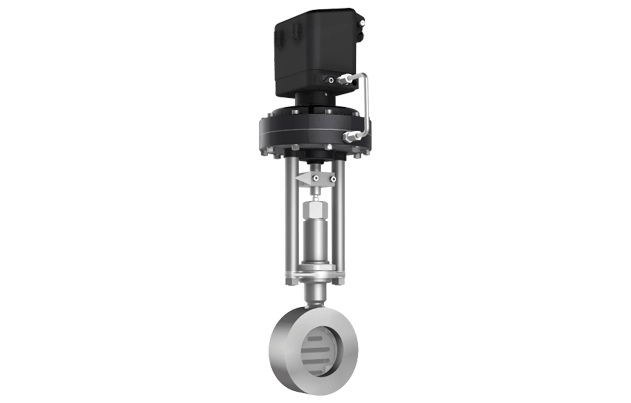- Contact Us
- Call Us
- Menu

Gate valves are widely employed throughout the industrial process control field to start and stop the flow of a wide range of fluids and slurries. The common construction of a gate valve, with a solid wedge or disc that moves perpendicularly to the direction of fluid flow, tends to limit the application of this valve type to processes where fully open or fully closed are the desired valve positions. The comparatively large travel range of the wedge from open to closed, combined with a need to close the valve slowly to avoid hammering, saddles the common gate valve with a slow operating speed. Holding the gate at a partially open position has the potential to induce vibration in the fluid, resulting in noise and a possible negative impact on the fluid transport system. For this reason, common gate valves are generally not used in control applications requiring flow modulation.
The limiting factors just described can be mitigated or eliminated with a modification to the gate configuration. Instead of a solid gate, two plates with matching orifice matrices are mounted in the fluid path. One plate is fixed and the other is moved by the valve actuator, sliding through a motion range that expands the flow area by increasingly matching the orifice openings on the two plates. This gate valve design is often called a sliding gate valve and it is easily recognizable through its pattern of slotted openings on the gate.
Some notable features of the sliding gate valve: